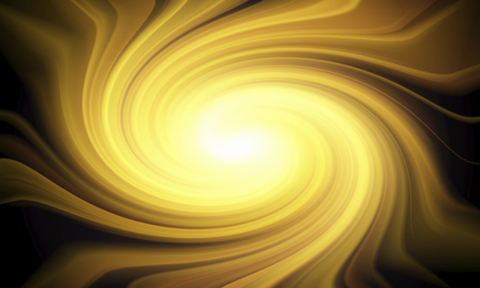
Two white dwarfs spinning around and around each other nearly 5,000 light years from Earth are making some waves, writes Dr. Kenneth Hicks, Professor of Physics & Astronomy at Ohio University, in the March 1 Columbus Dispatch.
Using the largest telescopes of the European Southern Observatory, they saw two white dwarf stars orbiting each other in the planetary nebula Henize 2-428, about 4,570 light years from Earth. Over time, these stars could merge and cause a supernova….
While it’s too soon to speculate about that, the real interest in this discovery is that the two white dwarfs are orbiting each other in about 4.2 hours. That speed means that they must be extremely close and have a huge gravitational force between them.
Massive objects that closely orbit each other emit gravitational waves. This effect was predicted by Einstein’s theory of general relativity and was first observed more than two decades ago in a binary pulsar system.
The idea that orbiting masses can emit gravitational waves is, in concept, not much different from the way other waves are produced.
For example, you can make water waves in a bathtub by moving a toy boat up and down. And you can make electromagnetic waves, such as radio waves, by moving electrons up and down an antenna.
Making gravitational waves of sufficient strength is much more difficult, though, because it requires massive objects. Gravitational waves are essentially distortions of the fabric of space-time that can occur only when the force of gravity becomes extremely strong.
















Comments